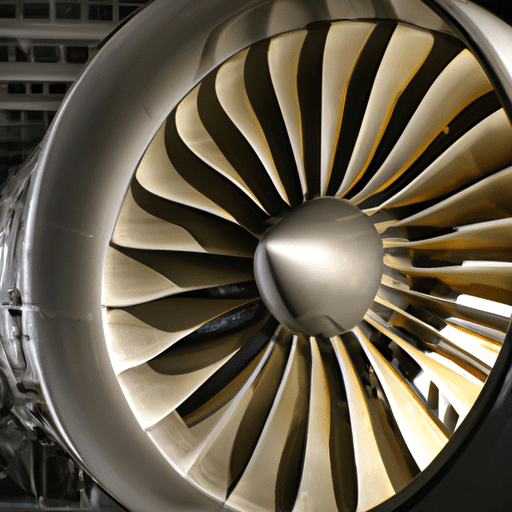Taking Flight: The Role of Engine Parts in Aircraft Safety and Reliability
Flying on an aircraft is one of the safest modes of transportation in the world. However, like any form of transport, there are inherent risks involved. These risks can be minimized through the use of proper maintenance and care of the aircraft and its components. Engine parts, in particular, play a crucial role in the safety and reliability of an aircraft.
The engine is the heart of an aircraft, and it is responsible for generating the thrust needed to propel the aircraft forward. It is made up of several critical components, each of which plays a vital role in the performance and safety of the engine. Let’s take a closer look at some of these key engine parts.
Compressor Blades
The compressor is the first stage in the turbine engine, and its job is to compress the incoming air before it enters the combustion chamber. Compressor blades are the parts responsible for compressing the air, and they are subject to high stresses and temperatures. These blades are typically made of titanium or nickel-based alloys to withstand the extreme conditions they are exposed to.
Over time, compressor blades can become damaged or worn, compromising the performance and safety of the engine. Regular inspections and maintenance are essential to catch any problems early and prevent catastrophic failures.
Turbine Blades
Turbine blades are the next critical component in the engine, responsible for converting the energy generated by the combustion process into rotational energy that drives the compressor and ultimately the aircraft. These blades are also subjected to high temperatures and stresses, and they are typically made of similar materials as compressor blades.
Like compressor blades, regular inspections and maintenance are crucial to ensure the safe operation of turbine blades. Failure of a turbine blade can result in catastrophic engine failure and loss of the aircraft.
Fuel System Components
The fuel system is responsible for delivering fuel to the engine’s combustion chamber, where it is burned to generate the energy needed to drive the aircraft. Fuel system components include fuel pumps, fuel nozzles, and fuel filters. These components can become clogged or damaged over time, leading to a loss of power or even engine failure.
Regular maintenance and testing of fuel system components are essential to ensure the fuel system is operating correctly. Any anomalies or issues with the fuel system should be immediately addressed to prevent potential failure.
Exhaust System Components
The exhaust system is responsible for removing the hot gases generated by the combustion process from the engine and directing them away from the aircraft. The exhaust system consists of exhaust pipes, exhaust nozzles, and exhaust shields. These components are exposed to high temperatures and vibrations, leading to potential cracking, corrosion, or other damage.
Regular inspections of exhaust system components are crucial to ensure their integrity and prevent the potential for failure. Any signs of damage should be addressed immediately to ensure the safe operation of the engine.
Bearings
Bearings are critical components in the engine, responsible for supporting shafts and other rotating components. These parts are typically made of high-strength steel alloys and can be subjected to high stresses and temperatures.
Like all engine components, bearings require regular inspections and maintenance to ensure their safe operation. Bearings should be replaced if they are found to be worn, damaged, or otherwise compromised.
Conclusion
In conclusion, engine parts play a vital role in the safety and reliability of an aircraft. Proper maintenance and care of these components are essential to minimize the risks associated with flying. Regular inspections, testing, and maintenance can catch any issues early and prevent catastrophic failure, ultimately keeping the aircraft and its passengers safe. As such, it is of utmost importance that airlines and maintenance crews diligently attend to these critical parts to ensure the safe operation of aircraft.
